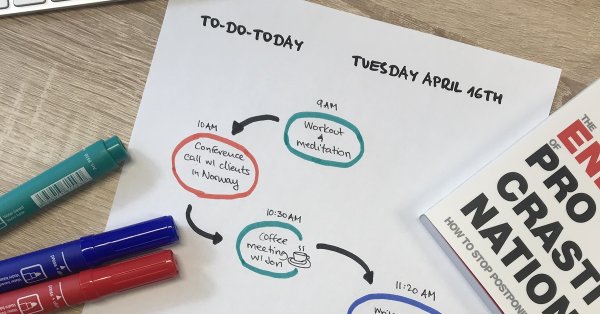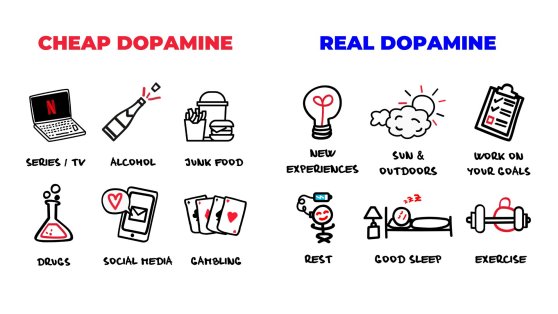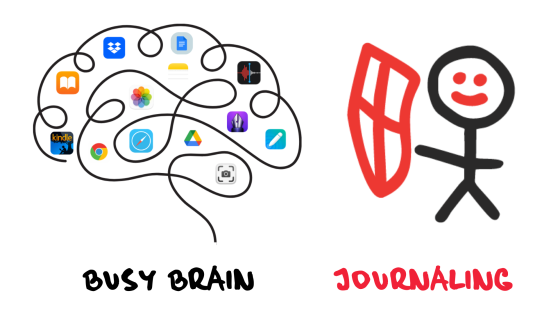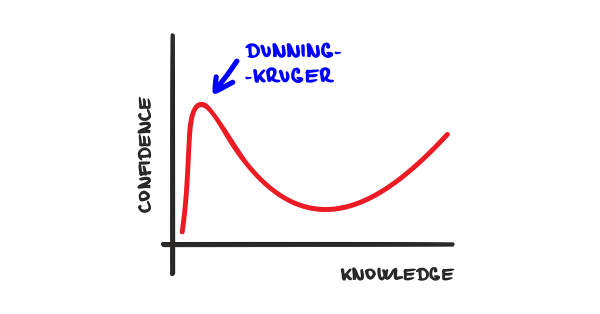Blog article
Profit or Survival: Why Shared Purpose Is Essential For Business
Posted by Lukas HavranekThinking of profit from a different perspective.

Think of two tribes of cavemen. The first tribe emphasizes cooperation and synergy, the second focuses on individual needs and minding one’s own business. From an evolutionary point of view, which tribe is more likely to survive?
Profit or Survival
We can think of companies as tribes, but success in companies today is not the same as survival. Success is measured by increased profits, cornering a higher market share, and edging out competitors. So how can we move from simple survival to real success?
Incentivizing from 9 to 5
To increase revenues in the next quarter, a company needs to use its human capital more efficiently. That means employees have to work more hours, work more effectively, or devise new ways to increase productivity.
But how do you—the employer—do that? How do you motivate people to work more or to be more proactive? A few answers are revealed once we understand two basic kinds of motivation: extrinsic and intrinsic.
Extrinsic Prod
If an employee is extrinsically motivated, she does the work she is hired to do not out of job satisfaction, but because she is paid to do it or wishes to please her boss. Since personal pride in the work does not play much of a role, the employee relies on external motivators like money or praise to keep her productive.
Intrinsic Journey
If the employee is intrinsically motivated, she works for the satisfaction of doing the job and needs no external prod. She will work more because it brings greater intrinsic rewards and contributes to her self-worth. A bonus in the next paycheck would be nice as well, but the bonus alone does not drive her to do the work.
Imagine you were paid to be a loving parent. Or think of the last time you volunteered for a non-profit event. Would you be more likely to be a better parent or help the non-profit if you were paid?
Our Incentive Systems
The latest research on motivation suggests that we are more efficient and productive when we are intrinsically motivated rather than extrinsically motivated. Yet we still design our motivation systems around extrinsic motivators. As Dan Pink, career analyst and author of few best-selling titles, says, there is a gap between what science knows and what businesses do.
Even if we accept the idea that we need more intrinsic motivation, how can employers encourage that in employees?
Purpose and Meaning
In his book, Man’s Search for Meaning, Viktor Frankl, a renowned psychologist and holocaust survivor, describes human beings as driven by the need to have meaning and purpose in life.
Despite his horrifying experience, Frankl believed that individuals can overcome any hardship if only they can find a purpose in that hardship. This ability to find meaning in the direst circumstances is what led some to survive the horrors of the concentration camps, while others didn’t.
Frankl’s premise applies as well to the workaday world. A daily 9-to-5 does not need to mean a day of drudgery for your employees. They are capable of personal aspirations and ideals that make the work meaningful and their days productive.
Sharing Purpose
If one employee can see the meaning of her work, the implications are huge. But real transformation comes if this meaning can be shared across the company.
This meaning is not the corporate mission cliché or lofty company goals which are typically vague and unrealistic. Nor is it a mission concocted by top management such as becoming a market leader within 5 years. As the philosopher, Tomas Halik once wrote, “each vision is utopian in that it doesn’t take away anything from its power and importance.”
The purpose, or vision, we have in mind is one that all employees can understand, buy into, think of when they wake up in the morning, and pass on to others. The purpose itself is secondary: what matters is that it sparks you and your employees to share it with colleagues. It is a purpose so deeply felt that it connects you with your colleagues in the knowledge that together you stand, divided you fall.
Harish Manwani believes that we need more purpose-driven, values-led businesses: Click here to see the link
And authors like Simon Sinek and Dan Pink explain how powerful a sense of purpose can be. Dan Pink says we need autonomy, mastery, and purpose.
Building up Purpose
A shared vision is a powerful intrinsic motivator which leads employees to work happily and efficiently because it doesn’t depend on extrinsic reward but on clear purpose. Here are some tips for achieving it:
Ask ALL employees what they believe and value most about the company. Avoid the clichés. Be authentic.
Engage someone outside of the company to give an objective assessment of your company’s vision. Purpose, meaning, and vision can breathe life into a company or they can they can fall to the wayside. Rarely is there a middle ground. To bring the vision to life requires strong leadership. This is where the process begins. If the process is right, a strong corporate vision can become also a great branding tool.





